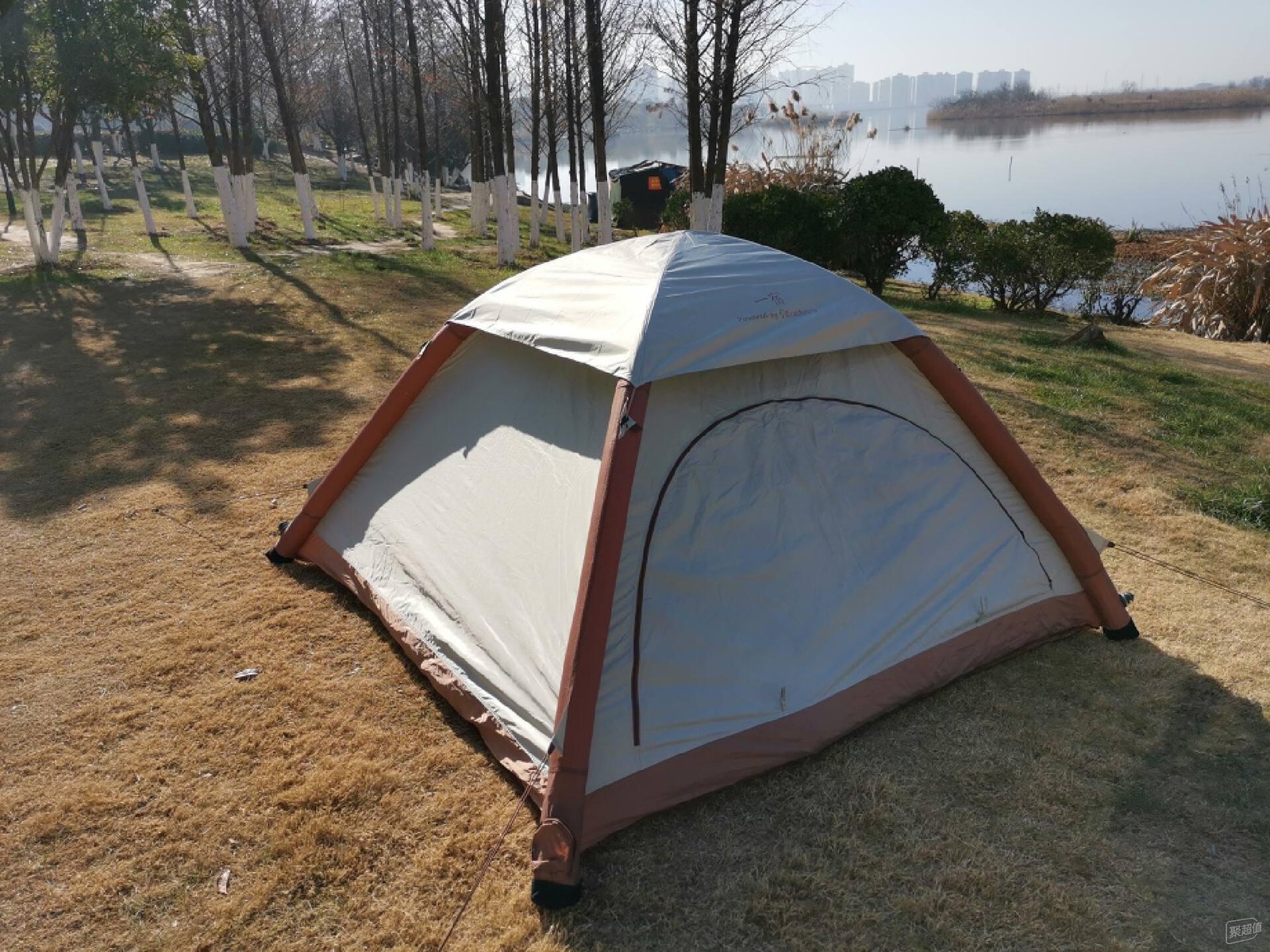A roof top tent’s durability and functionality rely heavily on its hinge mechanisms. As a professional OEM/ODM manufacturer specializing in roof tent components, we analyze seven leading hinge systems to help outdoor gear brands and consumers choose solutions balancing strength, ease of use, and longevity.
1. Spring-Loaded Steel Hinges
Spring-loaded steel hinges combine simplicity with robust performance. Constructed from cold-rolled steel with tempered springs, these hinges support loads up to 200 kg while enabling one-handed deployment. The integrated torsion springs reduce opening resistance by 40% compared to rigid hinges. However, prolonged use may cause spring fatigue, requiring periodic tension adjustments. Ideal for mid-range camping tents where cost-efficiency and reliability are prioritized.
2. Hydraulic Damping Hinges
Hydraulic damping hinges use fluid resistance to control motion. Filled with high-viscosity silicone oil, these hinges provide smooth 180° rotation with minimal vibration. Load capacity reaches 250 kg, making them suitable for heavy-duty aluminum-framed tents. The sealed hydraulic system prevents dirt ingress but adds 15% weight compared to mechanical alternatives. Preferred by overlanding enthusiasts requiring stable platform transitions in uneven terrain.
3. Four-Bar Linkage Systems
Four-bar linkage hinges employ parallel arms to maintain tent alignment during deployment. CNC-machined aluminum arms with reinforced polymer bushings ensure precise movement control. This design distributes stress evenly, reducing weld fracture risks by 60%. While more complex to manufacture, the system’s self-stabilizing geometry eliminates the need for external supports. Commonly used in premium hard-shell roof tents targeting luxury adventure markets.
4. Friction Pivot Hinges
Friction pivot hinges rely on adjustable torque settings to hold position. Multi-disc steel plates with brass spacers allow customizable resistance levels. Users can tighten grub screws to increase locking force, accommodating tents weighing 80–180 kg. Maintenance demands are higher due to wear on contact surfaces, but modular designs permit easy part replacement. Popular in DIY roof tent conversions where budget flexibility is critical.
5. Cam-and-Follower Mechanisms
Cam-and-follower hinges use eccentric discs to lock at specific angles. Heat-treated alloy steel cams engage with hardened followers, creating 12 detent positions per rotation. This enables precise height adjustments for uneven vehicle mounts. Testing shows 30% greater torsional rigidity versus standard hinges, though the intricate mechanism raises production costs. Frequently specified by manufacturers producing universal-fit tent models.

6. Gas Spring-Assisted Hinges
Gas spring-assisted designs integrate pressurized nitrogen chambers to counterbalance tent weight. With lifting forces adjustable between 500–1,200 N, these hinges make single-person setups effortless. The all-weather seals maintain performance from -30°C to 80°C, but gas charge longevity typically maxes at 5 years. Dominating the expedition vehicle market, they’re favored for rapid deployment under challenging conditions.
7. Composite Polymer Hinges
Composite polymer hinges utilize fiber-reinforced plastics for weight reduction. Glass-filled nylon arms with stainless steel pins achieve 90 kg load capacity at 40% less mass than metal equivalents. UV-resistant coatings prevent degradation under prolonged sun exposure. While less suitable for large tents, their corrosion-free nature appeals to coastal and tropical climate users. Emerging as a sustainable option with 30% lower carbon footprint during production.
Selection Criteria for Manufacturers
When choosing hinge mechanisms, consider:
-
Load Requirements: Static vs. dynamic stress loads -
Environmental Exposure: Salt spray resistance, temperature ranges -
User Demographics: Casual campers vs. professional adventurers -
Maintenance Access: Field-serviceable designs vs. sealed units -
Cost Constraints: Balancing material expenses with production scalability
Our facility offers custom engineering for all seven hinge types, with in-house testing labs certifying compliance to ISO 9001 and ASTM F1951 standards. By optimizing material selection and incorporating self-lubricating bearings, we’ve reduced client product failure rates by 52% over three years.
Outdoor equipment brands benefit from our turnkey solutions—from prototyping to mass production—ensuring hinge mechanisms align with tent structural dynamics. With 12 years of OEM experience, we provide technical datasheets and load simulation reports to streamline component integration.
References:
-
Outdoor Gear Industry Report, 2023. -
ASTM International Standards for Camping Equipment. -
Consumer Reviews Survey, 2022-2023.”